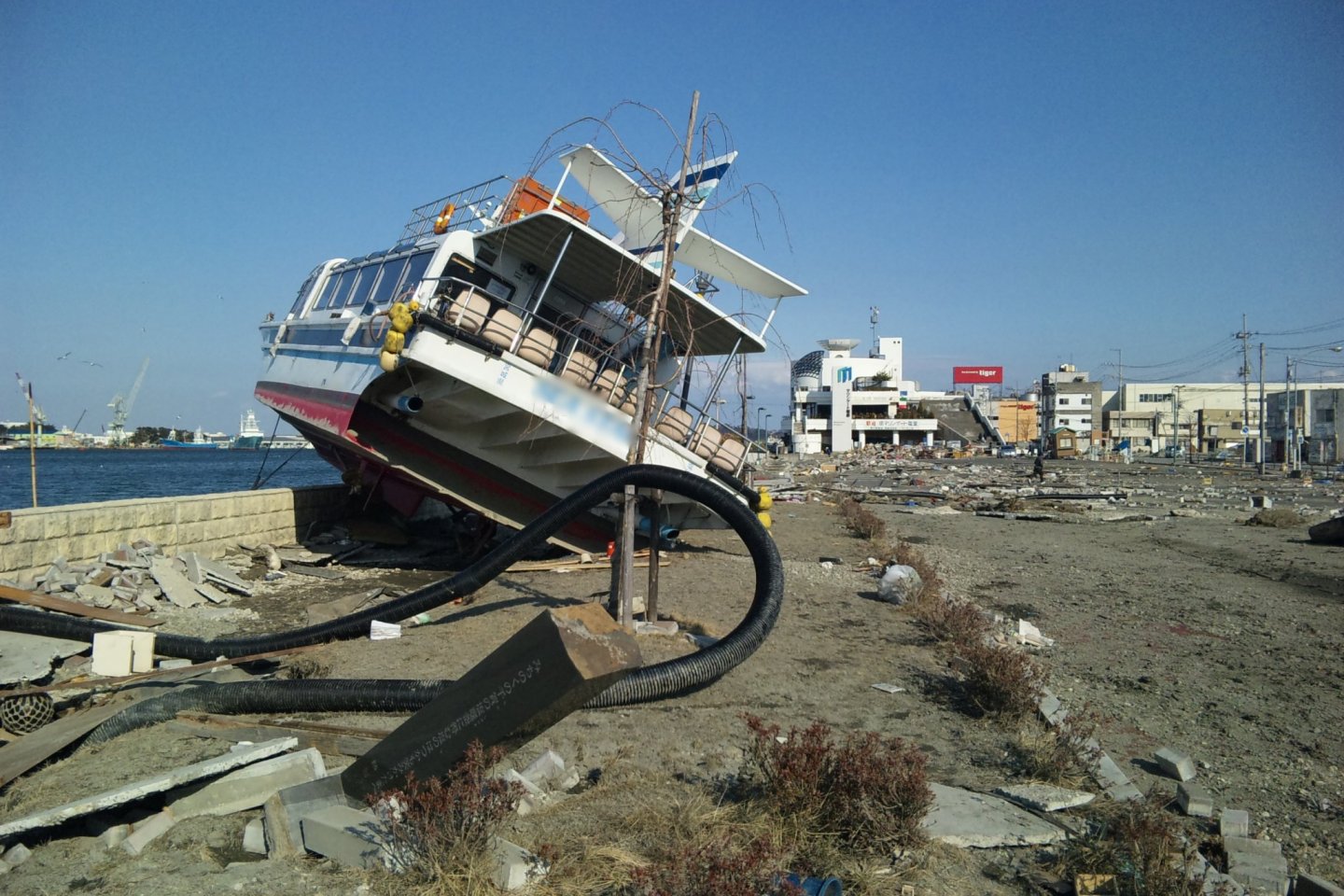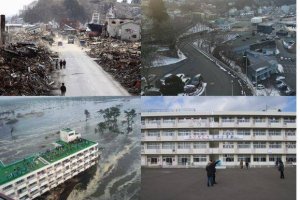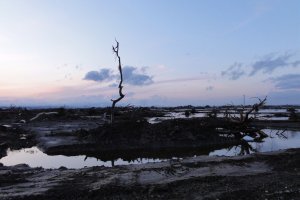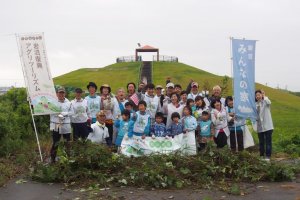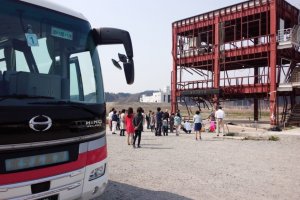It’s only natural for a city to look and feel different from the countryside. Yet in Tohoku today, the contrast is especially stark. Ten years ago, it didn’t use to be so. Coastal towns were much more populated with businesses, schools, supermarkets, residents and signs of human life.

But when the Great Tohoku Earthquake struck the region in 2011, it inflicted great damage and loss of life through the combination of a deadly earthquake and tsunami. Local communities were devastated. The small towns became even smaller after the destruction – homes were swept away, lives lost and surviving loved ones left behind. Eight years have passed since then and while big cities like Sendai have bounced back, many coastal communities along Miyagi, Fukushima and Iwate prefectures are still struggling to get back on their feet.
Regardless of the challenges, Tohoku marches on as it continues its reconstruction efforts and attempts to appeal to tourists.
Inspired by the chance to share local experiences and to pass on wisdom, Bosai + Tourism offers programs run by Miyagi Prefecture and Sendai City detailing insights from overcoming many natural disasters, as they continue to strive to market Tohoku’s natural, cultural and industrial exports to the world.

Learn about the disaster preparedness culture, witness the current state of reconstruction yourself, learn how to handle pets and children during natural disasters or go on storytelling tours with local guides who will share with their experience of March 11 to help you understand its intensity. For a more hands-on experience, participate in some of the many volunteer reconstruction programs. At the same time, visit strawberry farms showcasing their use of cutting-edge technology, or go fishing and stay in a local fisherman’s house. There’s plenty to do and lots of choices depending on your interests!

Some lessons are hard to swallow, but as the locals look to the future and rebuild their lives, they keep close to heart what they have learnt and share these insights with visitors to their community. Discover Bosai + Tourism today.
